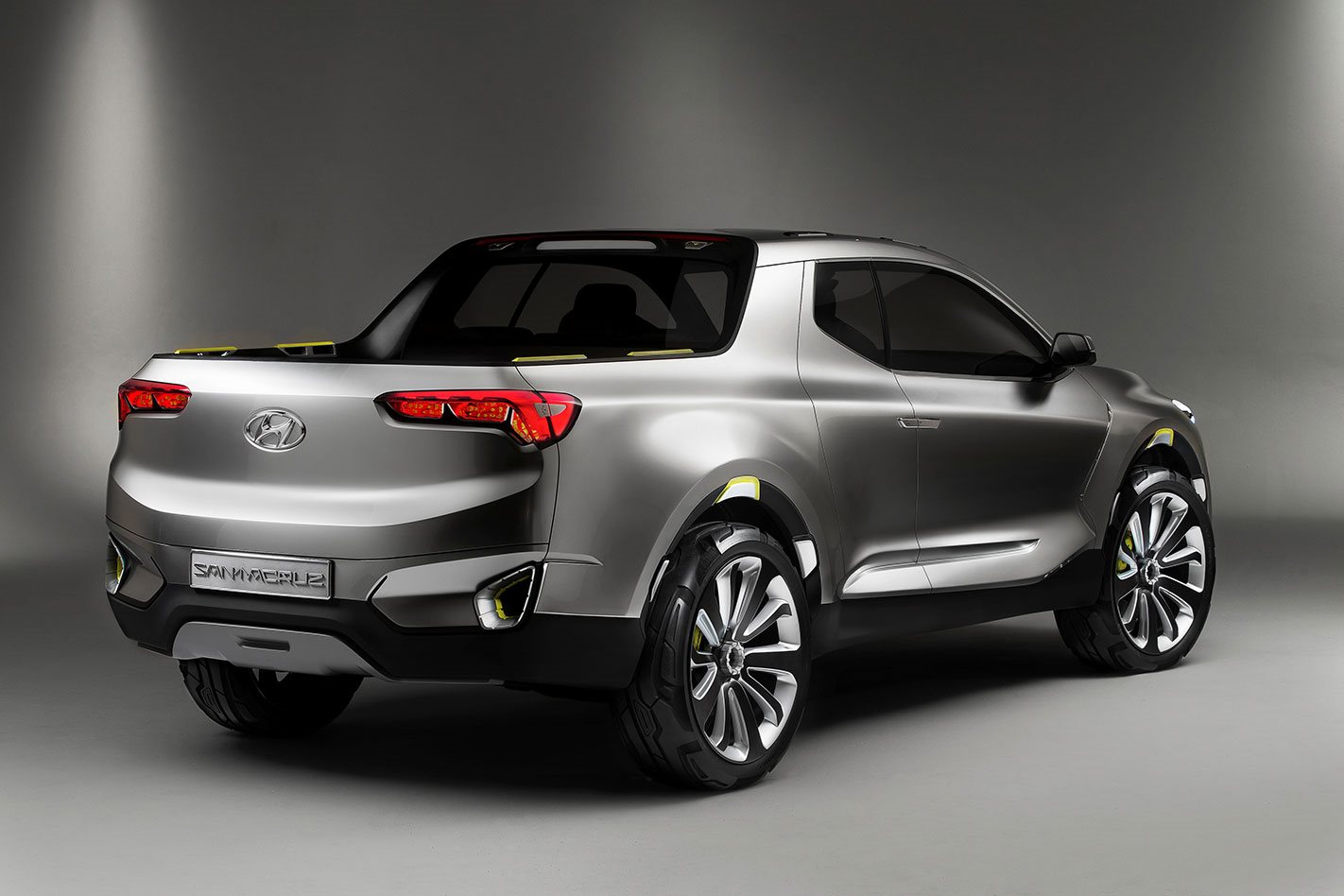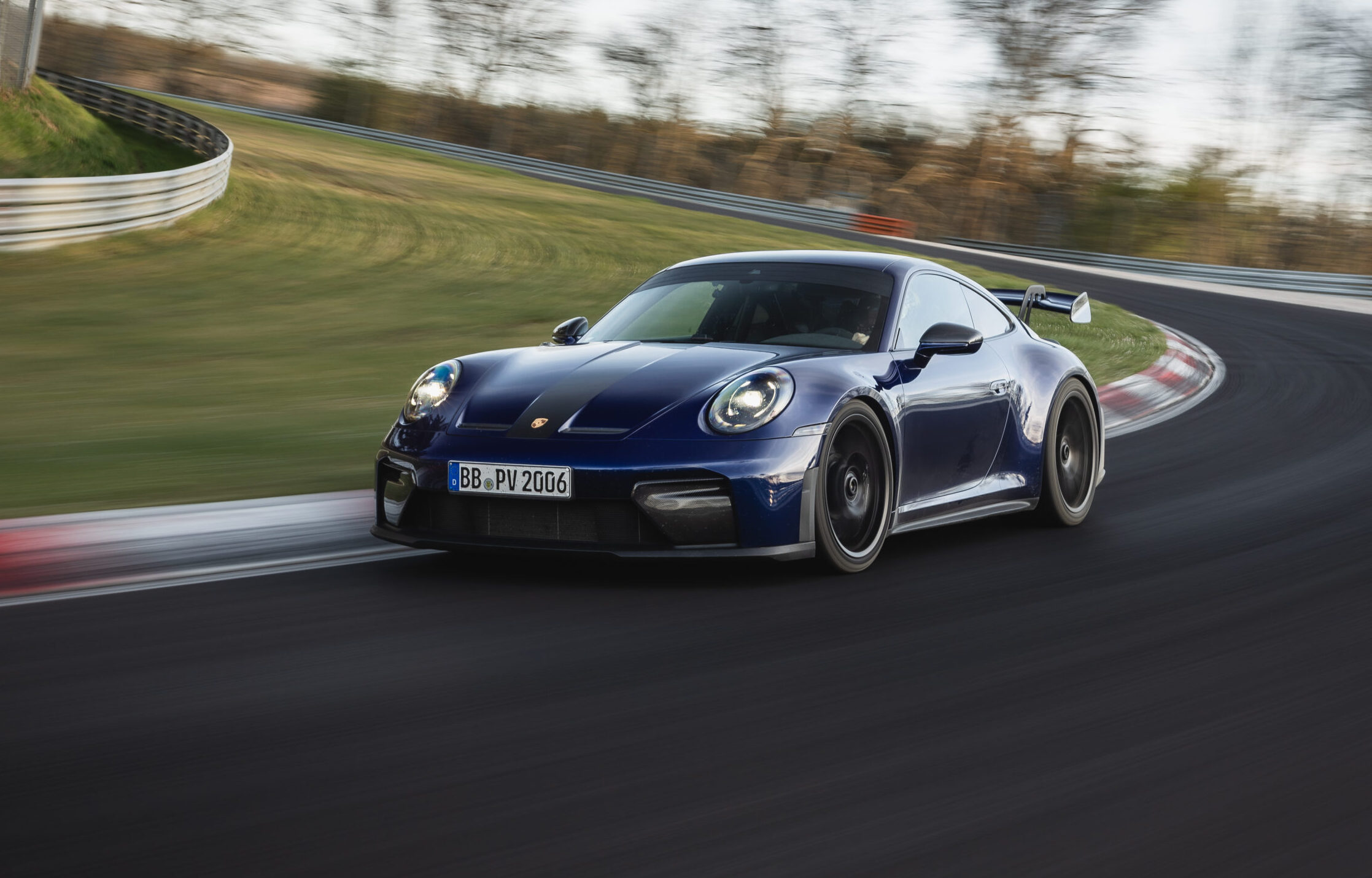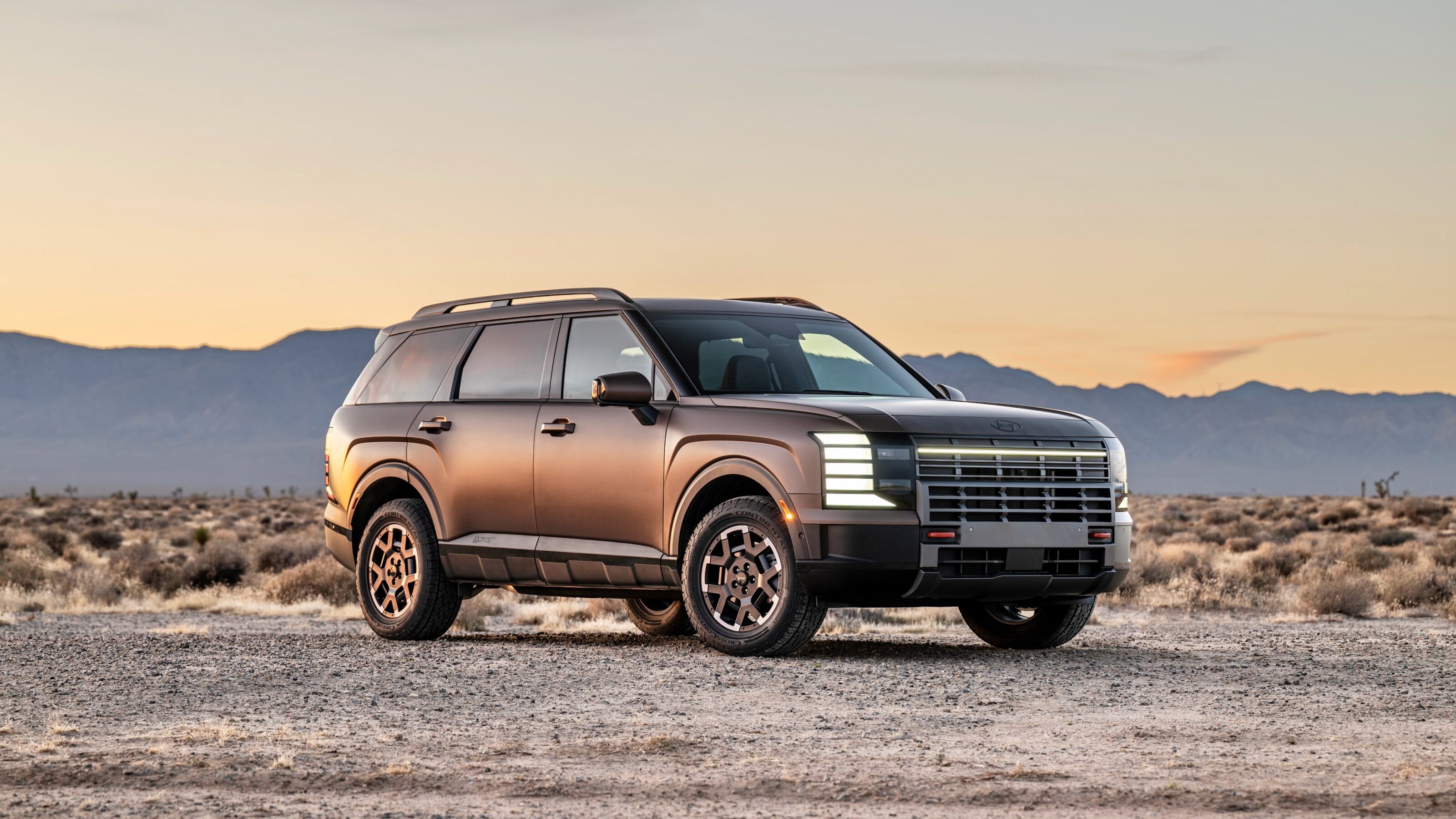AUSTRALIA may have to wait up to seven years to get Hyundai’s Santa Cruz lifestyle utility, which Wheels revealed has been confirmed for production.
Wheels has learnt the significant development push and investment from Hyundai’s North American division almost certainly rules out any chances of the Santa Cruz being developed for right-hand-drive markets in its initial instalment, which could be as early as 2017.
While the Santa Cruz is ultimately being planned for export markets – “from our perspective it’s a vehicle that will be exported to other markets,” says Hyundai product planning vice-president Mike O’Brien – initially the ambitious Korean brand is keen to cement it in the US, where most sales will be made.
The prospects of a right-hand-drive model lie with a likely update around 2020 or – more likely – a second-generation Santa Cruz around 2023, at which time Hyundai hopes to have proven the concept and readied its development for a global market.
Additional development costs ensuring the Santa Cruz is suitable for a global market – including the significant cost of right-hand-drive models – mean the US will likely prioritise its home market.
Key to the concerns about making the Santa Cruz a ute for all markets from the get-go are its DNA and market positioning.
The Santa Cruz is a lifestyle ute that’s more about surfboards or mountain bikes than horse floats and gun racks. It’s designed to be friendly to drive on-road but with less space and a much lower load capacity than traditional American pick-up trucks.
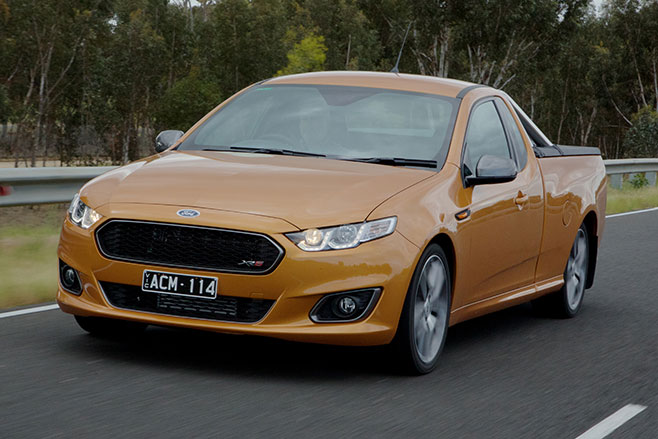
While the lifestyle ute concept is not new – Subaru previously offered the Outback-based Baja in America and locally we have the Holden Commodore and Ford Falcon – America has typically backed away from anything that isn’t big, brash and beefy when it comes to utes.
The Baja never got close to its sales targets and the Commodore Ute – also a stylish ute that’s more about driving enjoyment and lifestyle – has seen sales slide for more than a decade, with just 4936 sold in 2015, down from a high of 22,372 in 2004. Plans to export the Commodore to the US were also shelved as General Motors entered bankruptcy in 2008.
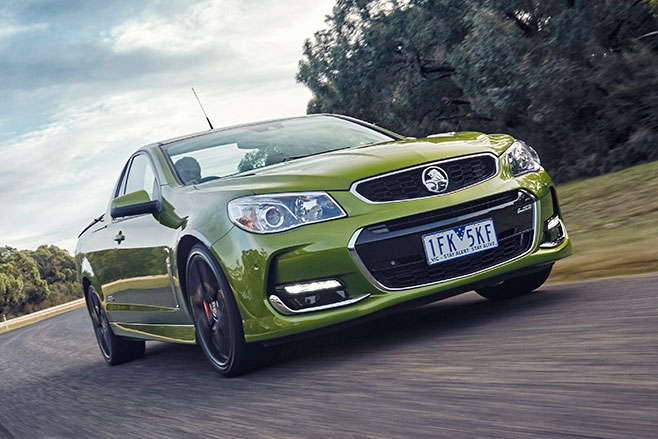
But O’Brien believes the Santa Cruz could start a trend towards lighter-duty utes that are more fuel-efficient and driver friendly.
“I can easily imagine the pickup market in the US bifurcating,” he says. “You can easily imagine in the future, true work trucks, heavy duty pickups. And the rest of the market, maybe they don’t need a vehicle to tow 5000 pounds (2.3 tonnes).”
Not that Hyundai is concerned about finding American buyers for the Santa Cruz.
“Fact is, there’s huge demand for a more affordable, open-bed utility product,” says O’Brien. “Not everybody’s hauling a gooseneck trailer with a head of cattle in it. Not everybody’s got a horse trailer. Not everybody’s hauling a thousand pounds of concrete. Some people just need the utility of an open bed.
“So we found out there’s this big market of people buying CUVs (crossover utility vehicles) that it’s not their first choice. They’re active people, kayakers, rock climbing, hiking, mountain bikers… They hate the idea that they put their dirty gear in the back seat of the SUV where the child seat goes Monday morning.
“At the same time, they seek something that works in their urban lifestyle, that’s easier to park, that’s easy on fuel economy, and they want something with a sportier image.”
O’Brien also highlighted women as a key target market for the Santa Cruz.
“Most market segments in the United States are split fairly evenly male-to-female, within a 10 percent range, except pickup trucks and supercars.
“Pickup trucks are 80 percent male buyers. It seems silly, doesn’t it, because men and women have the same needs. You want to go pick up a piece of furniture, Home Depot, etc, it’s not just men that do that. Women generally find maneuvering pickups too much, too hard to see out the sides, the back, and so women tend to avoid them.”
Younger buyers, too, will be on the Santa Cruz hit list.
“There’s this completely untapped market for millennials looking for something more than a CUV. They don’t need a full-size pickup and they don’t need the [fuel consumption] that goes with it.
“Most buyers, they just like the feeling of extra durability that comes with the extra ground clearance and bigger wheels. They like the command seating position. They don’t need body on frame.
“The Santa Cruz, I really believe that there’s a market that’s unmet at this moment.”
O’Brien wouldn’t be drawn on production details but admitted the Santa Cruz would likely run down a US production line, avoiding the 25 percent “chicken tax” applied to imported pickups.
While the original concept was based on the larger Santa Fe, the production car will use both the the mid-size Tucson SUV platform and drivetrains.
“Quite frankly we’re trying to do platform sharing to be a little clever with it,” says O’Brien. “To deliver a price but also deliver the potential for manufacturing flexibility.”

